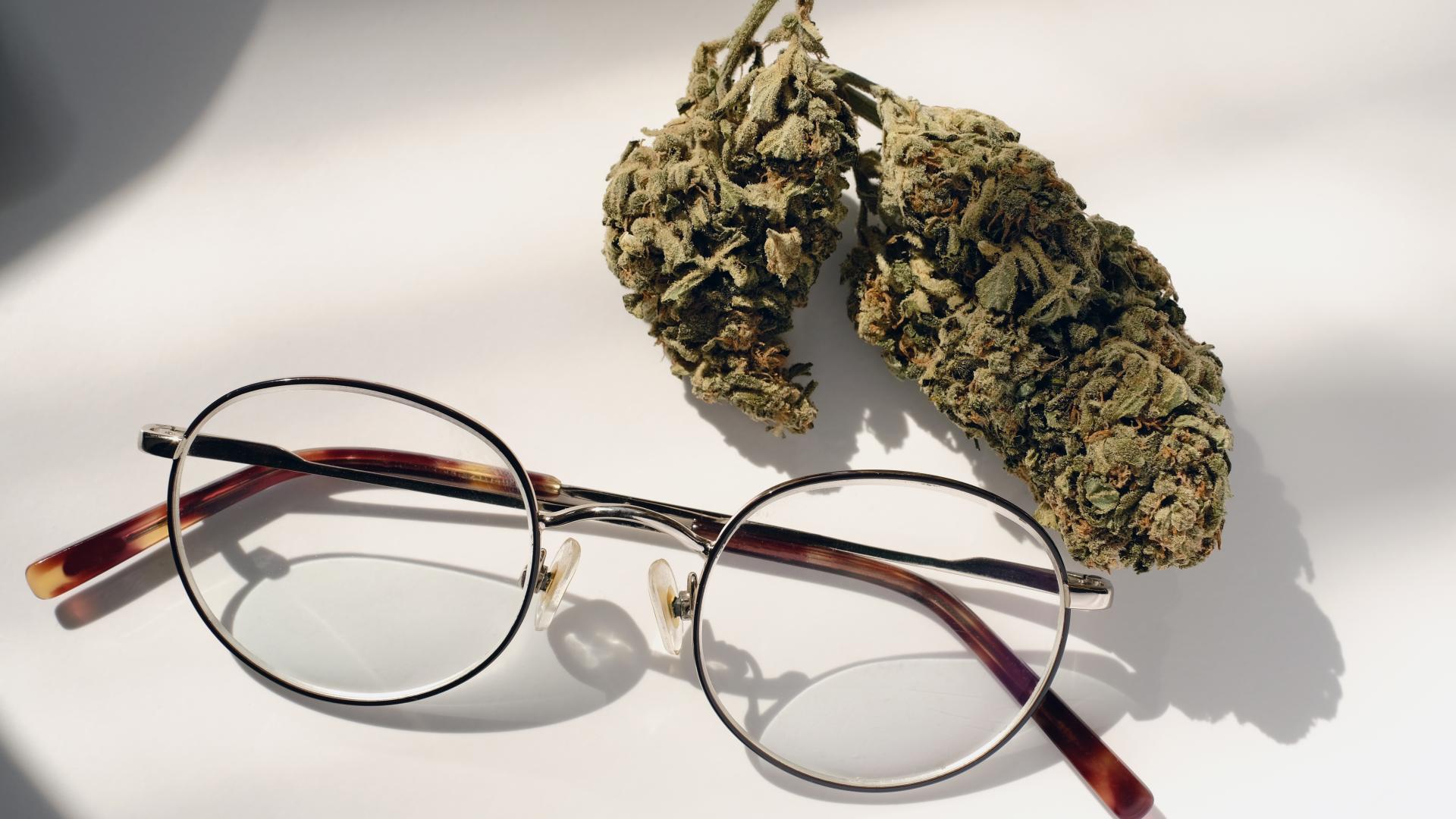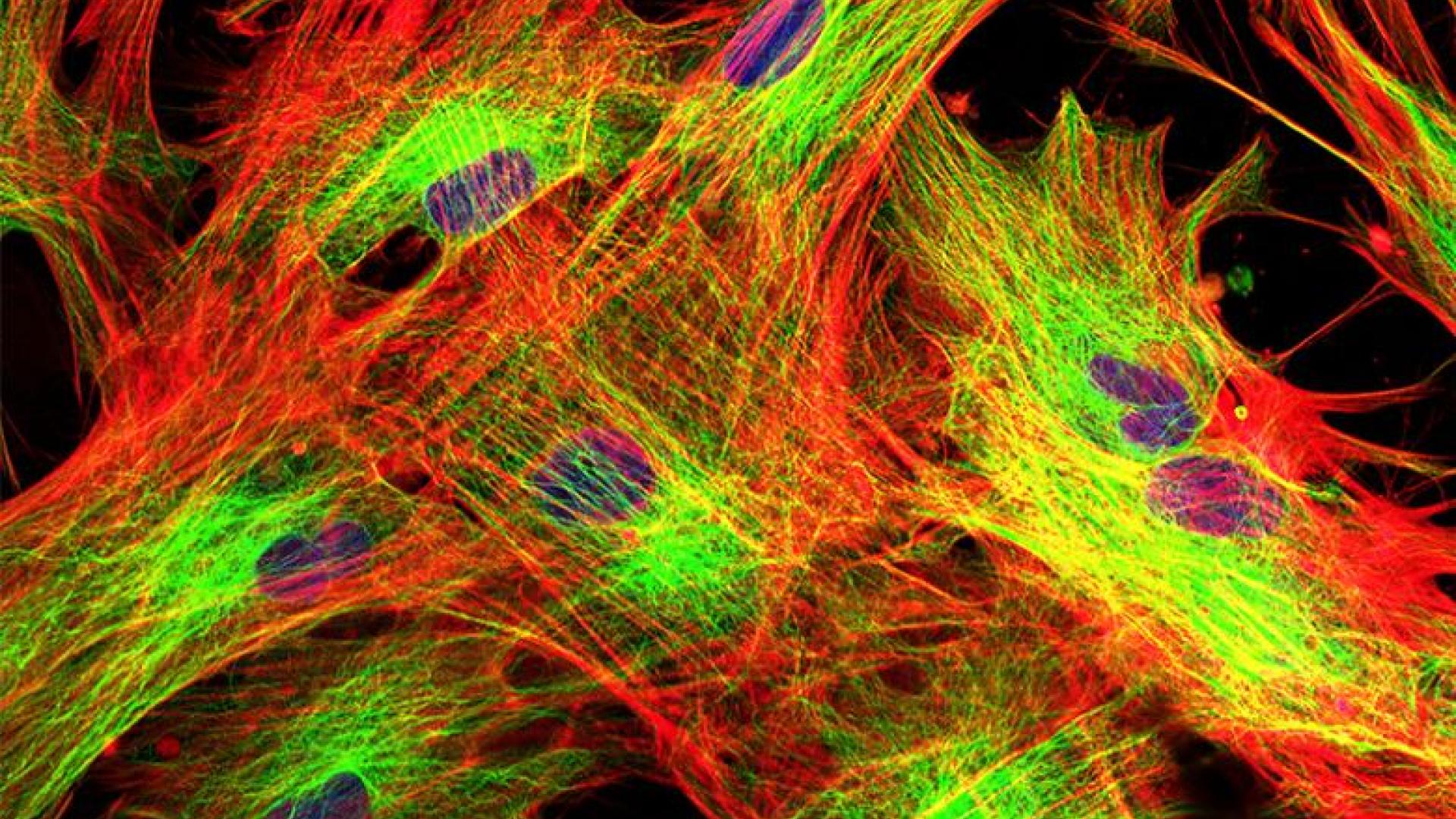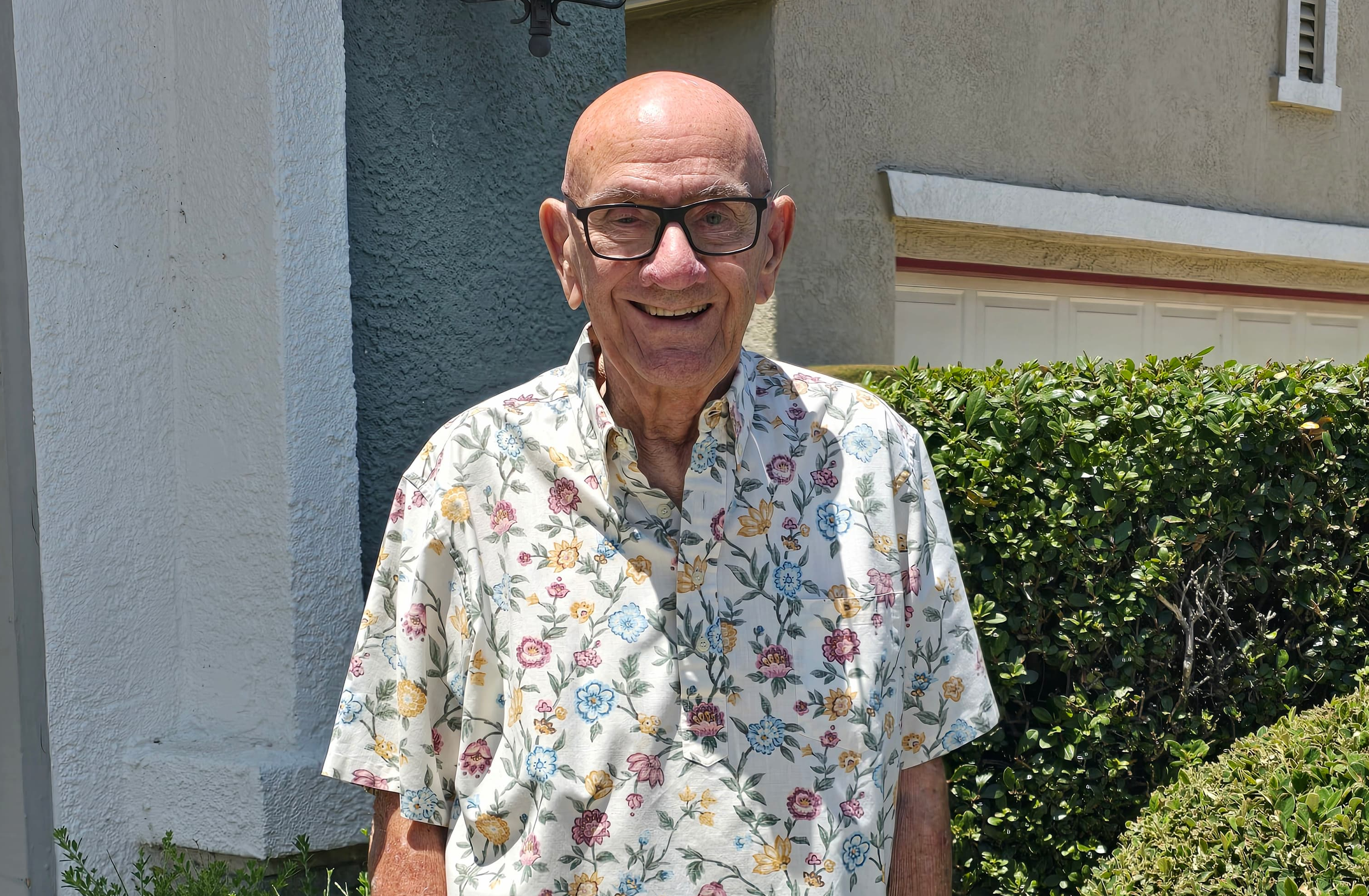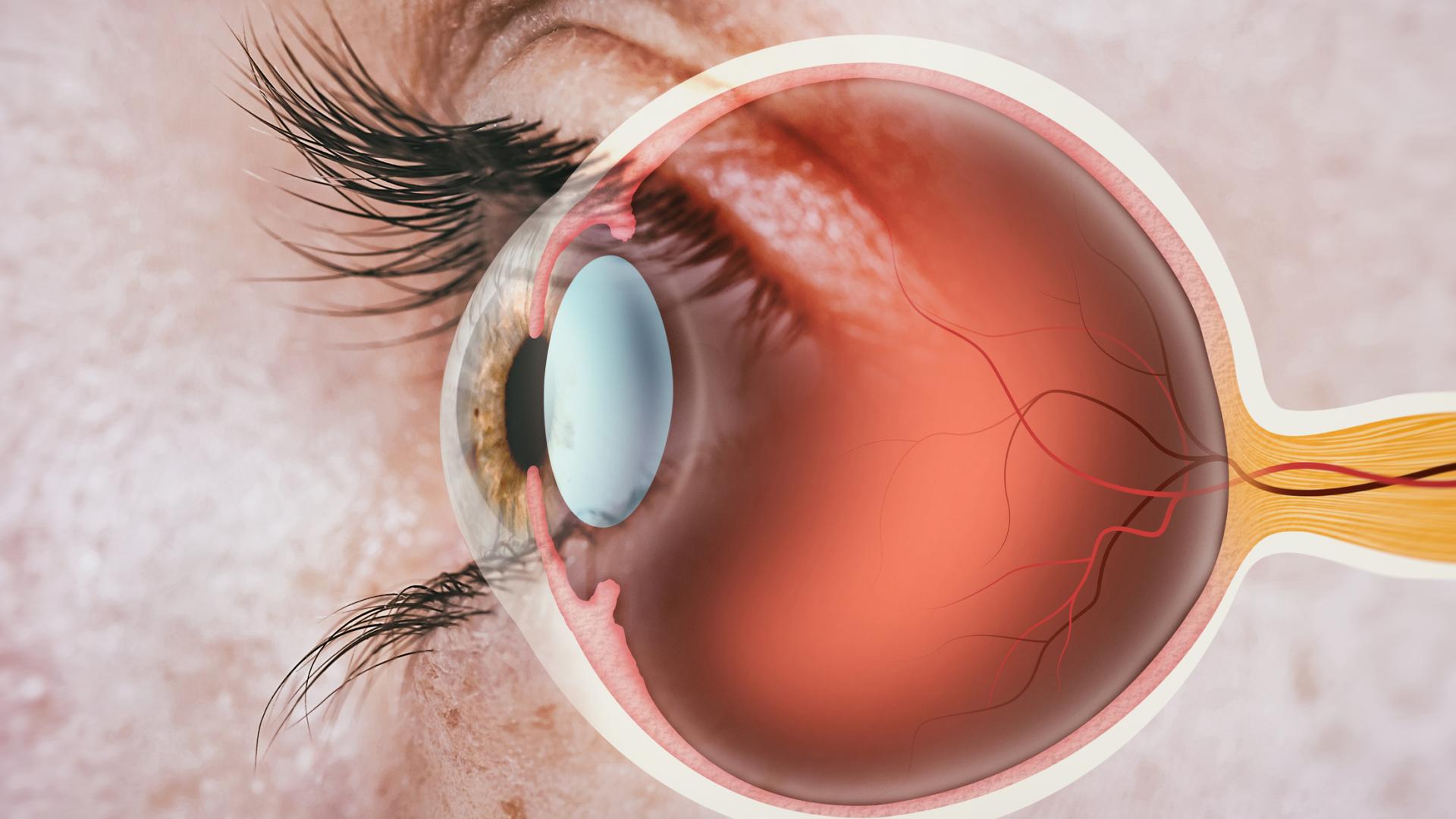
With marijuana—or cannabis—now legal in several states recreationally and for medical purposes, there is renewed interest into whether it can be used to treat glaucoma. Marijuana-based products have been shown to lower eye pressure, a key factor in glaucoma. But like many things in life, the issue is not that simple. It helps to know the latest facts surrounding this complicated topic.
Marijuana comes from the dried leaves, flowers, stems, and seeds from the plants Cannabis sativa and Cannabis indica. The plants contain about 540 chemical substances, including a mind-altering chemical called tetrahydrocannabinol, commonly known as THC. Cannabidiol, or CBD, a non-psychoactive ingredient in cannabis, has also become widely available through products such as oil, creams, lotions, and edibles.
The question of legality
Marijuana—including marijuana prescribed by a doctor—is legal in some states (but not all), and it currently is illegal under federal law. This has created a gray area of legality. Generally, it is accepted to mean that residents of states where it is legal can possess and use it. However, it cannot be bought, sold, or taken to states where it is not legalized.
“Marijuana has many medicinal purposes, and there’s growing legalization around the United States,” said Mona Kaleem, MD, associate professor of ophthalmology at Wilmer Eye Institute at Johns Hopkins, in a recent BrightFocus Glaucoma Chat. “So, understanding how marijuana can be used to treat various ailments is very important.”
Some studies have found that medical marijuana has a possible benefit in glaucoma and other conditions such as Alzheimer’s disease, HIV/AIDS, Crohn’s disease, multiple sclerosis, and nausea and vomiting caused by cancer treatment. However, it is not without side effects, and not every expert agrees with its use.
Some people who have trouble tolerating the side effects of typical glaucoma medications have been interested in using marijuana to lower their eye pressure. However, ophthalmology experts say that marijuana should not be used to treat glaucoma, and it could even be dangerous.
Hear from an expert
Understanding the terms
People often use the words “marijuana” and “cannabis” interchangeably, but they don’t mean the same thing. Cannabis refers to all products that come from the cannabis plants. Marijuana is the product from the plants that contains substantial amounts of THC. It’s the THC in marijuana that has physical and mental effects on the body.
Some cannabis plants contain very little THC. These plants are considered “industrial hemp,” not marijuana, and are used to produce things like biofuel, paper, and fiber for cloth and other textile items. The term “hemp” means cannabis that contains 0.3 percent or less THC content.
The second most common active ingredient in cannabis after THC is cannabidiol, or CBD. CBD can be derived from the hemp plant or made in a laboratory. CBD is one of hundreds of components in marijuana and does not cause a “high” by itself.
If CBD comes from a hemp plant that has 0.3 percent THC, it is not illegal under federal law, thanks to the 2018 Farm Bill. Even so, some states still have legal restrictions on the possession of CBD.
Forms of marijuana
Marijuana is available in several forms. The leaves and other parts of the plant can be smoked in cigarette-like rolled paper or in pipes. It also can be baked into foods like brownies or cookies and boiled as tea. It has many names, including pot, dope, grass, weed, and hash.
Marijuana is sometimes sold as soft candies known as “gummies.” There are CBD gummies and THC gummies. CBD gummies containing less than 0.3 percent THC are legal on a federal level and in most states. But THC gummies are bound by the same laws as marijuana—legal in some states and not in others.
While THC influences eye pressure, there is no compelling research that shows CBD to be an effective treatment for glaucoma. In fact, one study showed that CBD may actually increase eye pressure.
“Some people ask me about CBD because that’s a pretty common form of marijuana,” Dr. Kaleem said. “The information that we have is currently based on animal models. And it’s been shown that the use of CBD can potentially increase the eye pressure, and anything that increases the eye pressure, that goes above a target or to an uncontrolled level, could potentially make glaucoma worse.”
Marijuana as a glaucoma treatment
Research from the early 1970s showed smoking marijuana reduced pressure within the eye, known as intraocular pressure or IOP. At the time, this was welcome news, because the glaucoma medications at that time caused several unpleasant side effects.
However, it became obvious that the drawbacks of marijuana have outweighed its benefits. The main issue is that the IOP-lowering effects of smoked marijuana only lasts three to four hours.
In glaucoma, eye pressure needs to be lowered on a continuous basis to keep preexisting damage from getting worse. This means that someone would need to smoke marijuana regularly six to eight times a day. The mood-altering effects of marijuana would prevent someone who is using it around the clock from driving, operating heavy machinery, and functioning at their highest mental ability at work or at home.
Marijuana cigarettes also contain hundreds of compounds that have been shown to damage the lungs, and the frequent use of marijuana can damage the brain. Marijuana can be consumed in different forms, such as in baked goods, but the effects on a person’s mental state remain the same.
Marijuana in any form also reduces blood pressure and can cause a racing heart, which can be a problem for people at risk for cardiovascular disease and stroke. Lower blood pressure could mean less blood flow to the eye’s optic nerve, and this could counteract the IOP-reducing benefits of the drug.
One recent research study showed that people who smoked marijuana every day developed glaucoma at a younger age than nonsmokers. New BrightFocus-funded research also shows that glaucoma is more than twice as likely to worsen in people who are heavy cigarette smokers.
Effective treatments then and now
When the first reports of marijuana’s effects on IOP were published in the 1970s, there are relatively few glaucoma drugs were available, and they caused troubling side effects. Those drugs have since been refined and superseded by more effective medicines with fewer side effects.
Today, glaucoma is usually treated with eyedrops to lower IOP. While glaucoma can’t be cured, the current treatments are more reliable and safer than marijuana. They also have longer activity, up to 12 or 24 hours, so they only need to be administered once or twice a day. Laser surgery is another treatment option for glaucoma.
Researchers have found that using eyedrops made with THC, the main substance in marijuana, do not have any IOP-lowering properties because they cannot be absorbed by the eye, and they caused significant discomfort and irritation.
People interested in using marijuana should know that while the drug does temporarily lower IOP, there are many limitations to its use, including its short duration of action, side effects, and health risks, particularly when smoked.
The bottom line: It’s important to talk with your doctor and follow their glaucoma treatment plan as prescribed.
Dr. Kaleem points out that in addition to medication, there are other options for people with glaucoma, including lifestyle modifications. Certain foods are also being studied for their potential effect on eye pressure.
The effect of THC on reducing eye pressure is leading to research on how the chemical could be refined to have a longer effect and without the impact on a person’s mental state. For now, experts agree that while marijuana has been shown to lower IOP, it is not a practical treatment option for people with glaucoma.
Until more research is done, the American Academy of Ophthalmology, the American Glaucoma Society, and the Canadian Ophthalmological Society do not recommend marijuana or other cannabis products for the treatment of glaucoma.
About BrightFocus Foundation
BrightFocus Foundation is a premier global nonprofit funder of research to defeat Alzheimer’s, macular degeneration, and glaucoma. Since its inception more than 50 years ago, BrightFocus and its flagship research programs—Alzheimer’s Disease Research, Macular Degeneration Research, and National Glaucoma Research—has awarded more than $300 million in research grants to scientists around the world, catalyzing thousands of scientific breakthroughs, life-enhancing treatments, and diagnostic tools. We also share the latest research findings, expert information, and resources to empower the millions impacted by these devastating diseases. Learn more at brightfocus.org.
Disclaimer: The information provided here is a public service of BrightFocus Foundation and is not intended to constitute medical advice. Please consult your physician for personalized medical, dietary, and/or exercise advice. Any medications or supplements should only be taken under medical supervision. BrightFocus Foundation does not endorse any medical products or therapies.
- Treatments









